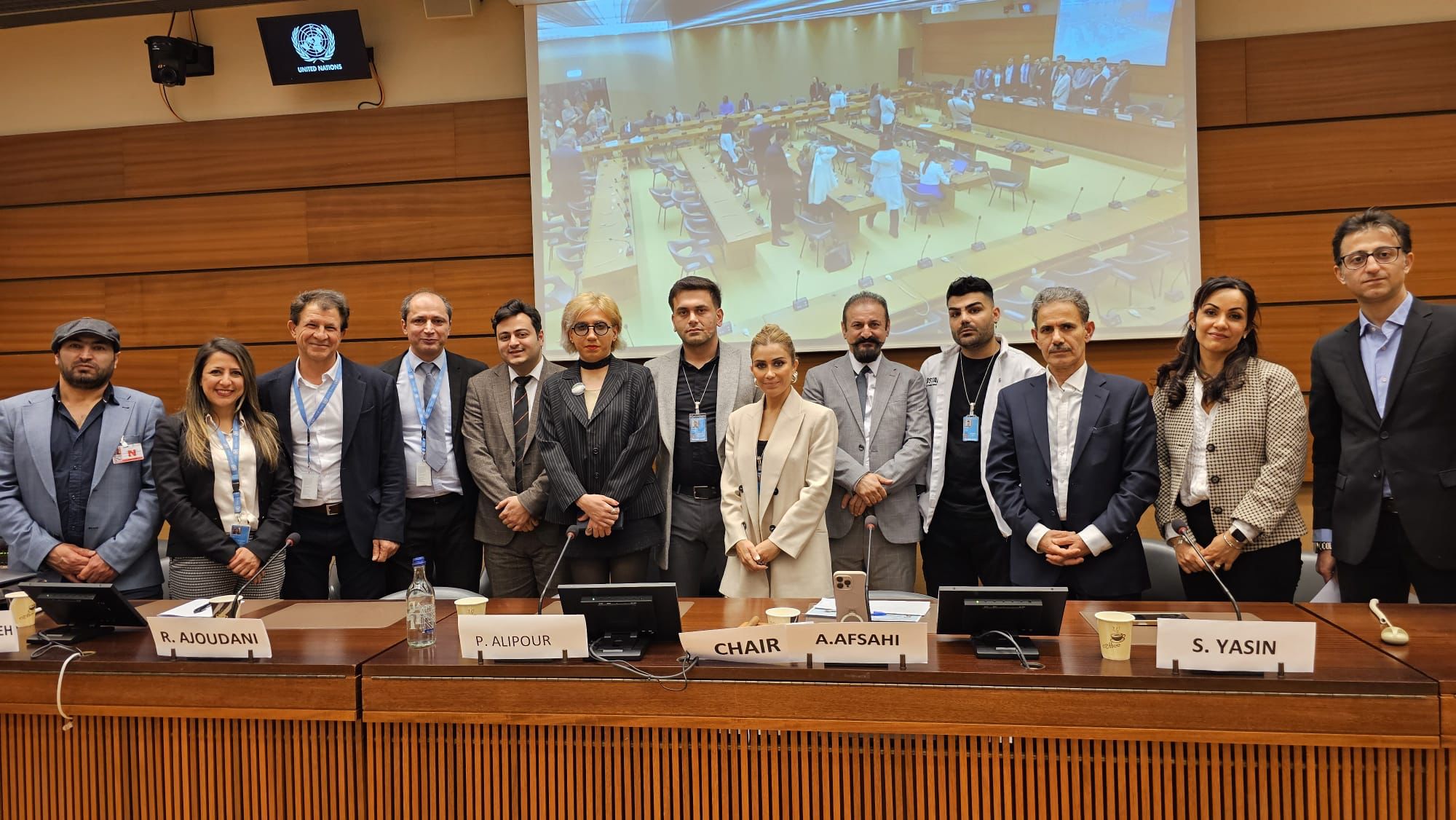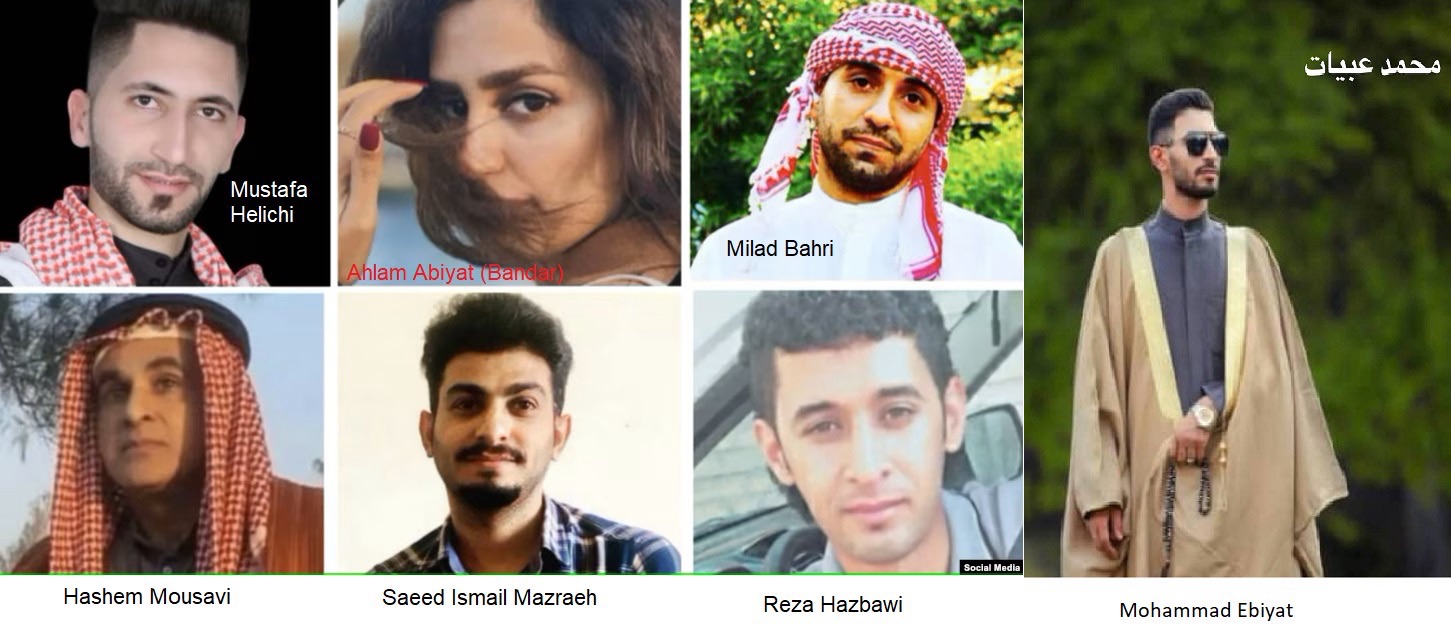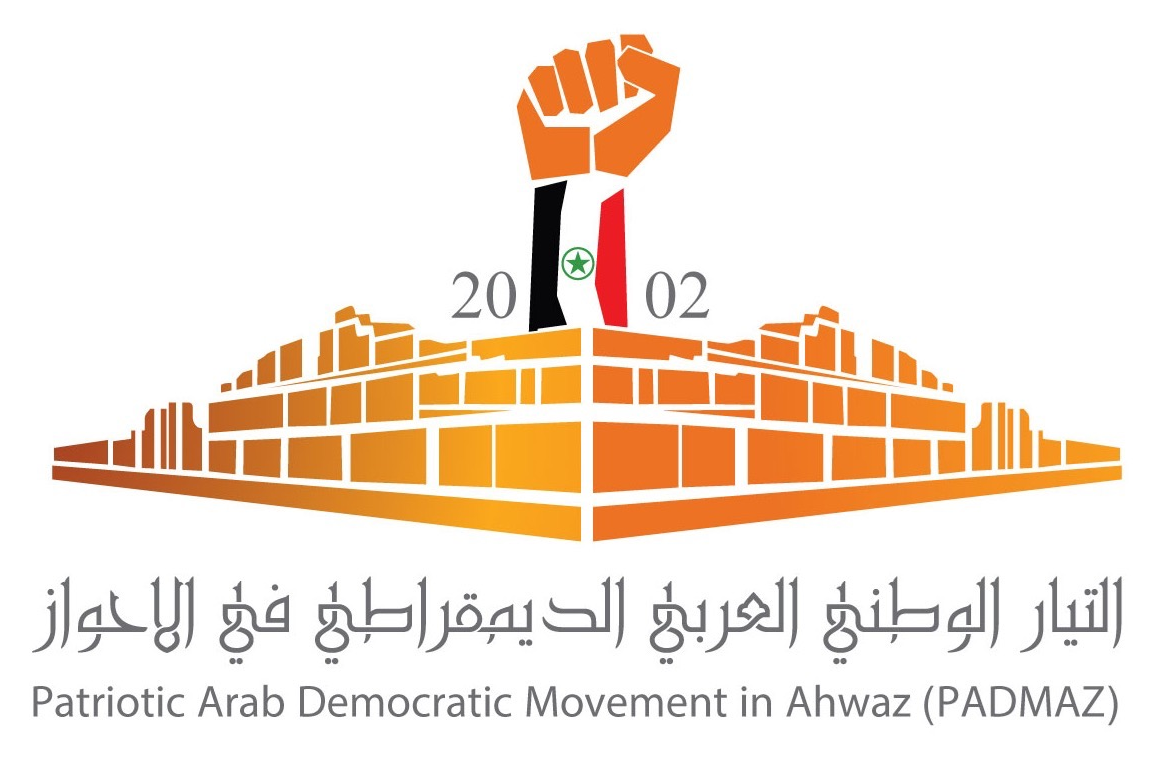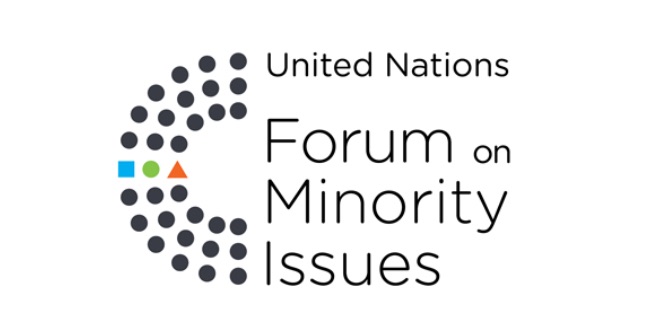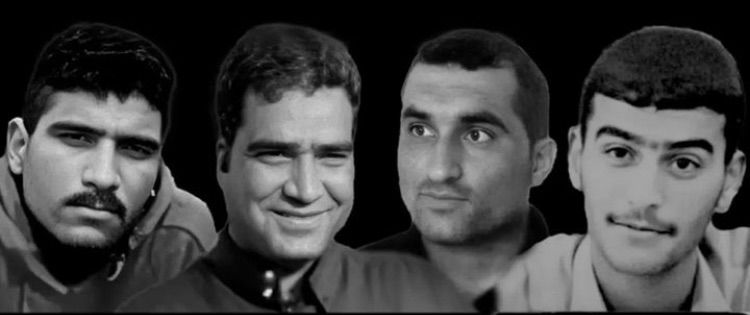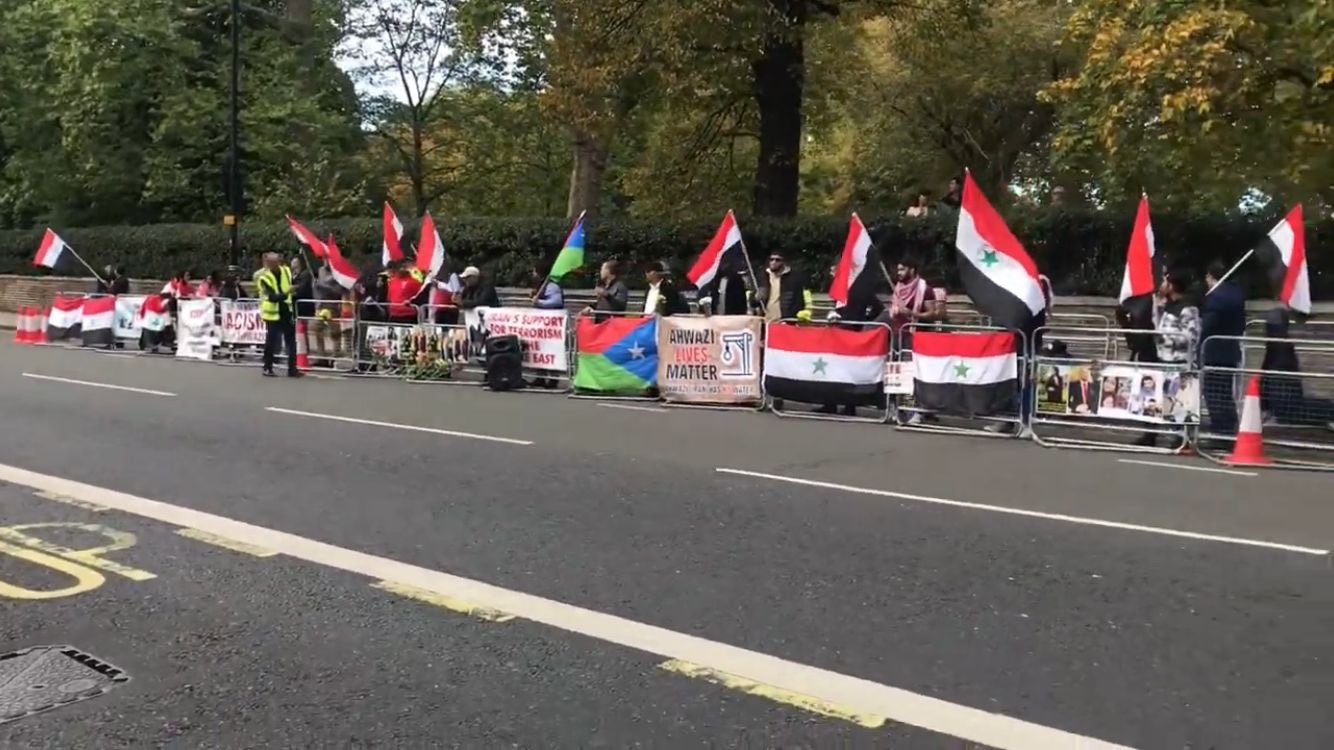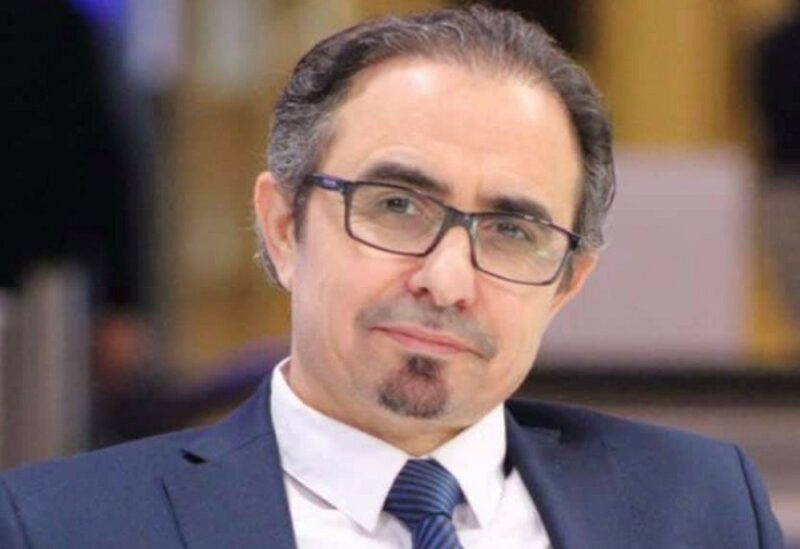An interview with a witness of the massacre at Mohammara
The history of Mohammara’s black Wednesday on 30th May 1979 in an interview with one of the founders of the Arab People’s Cultural Centre will be published in two parts on the PADMAZ website. This is a translation of the original interview in Persian which was published on PADMAZ the 29th May 2013.
Taher Helmizadeh, from Mohammara and born on 1957, spent several years of his youth in the Shah’s prisons (Pahlavi king). At the beginning of the revolution on 1979, he was one of the founders of the Arab People’s Cultural Centre. A few years after the bloody incidents on the black Wednesday in Mohammara, he was forced to leave his homeland.
The massacre of Arab people of Mohammara by Iran navy forces and the religious pro regime militia ordered by Khomeini on May 30th 1979 and weeks afterwards
Interview by: Mehdi Hashemi
Part I:
PADMAZ- We had a conversation with Mr. Helmizadeh about the events, of the city of Mohammara (Khorramshahr)[1], on Wednesday 30th May 1979 and afterwards which became known as Black Wednesday.
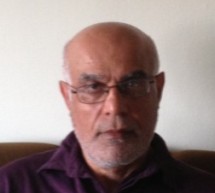
Question: What was the participation of the Arab nation in the revolution of 1978-1979, what were the active Arab political forces in the pre-revolutionary period and after that in Ahwaz region? What was the role of Ayatollah Shobair Khaghani in these two periods?
In the pre-revolution period, after the Algerian agreement between Iran and Iraq, the Ahwaz Liberation Front (Tahrir al-Ahwaz Front) was dissolved in Iraq. Most of the members of this front were transferred to Syria and other Arab countries. Of course, a number of the members on this front returned to their homeland Ahwaz and clashed with the Iranian army in the Mashdakh area, and almost all of them were martyred.
The People’s Liberation Front of Ahwaz (Al-Jabha Al-Shaabiya le Tahrir Al-Ahwaz) was also transferred to Syria. Immediately after the victory of the Revolution of 1979, this Front in Syria announced its dissolution, and the members of this front, who had nationalist or Marxist tendencies, returned to their homeland.
The Ahwazi Arab nation, like other nations in Iran, was instrumental in the Revolution of 1979. The Arab public played an important role in closing down the economic power of the Shah’s regime by participating in demonstrations and Arab workers participated in the strikes of oil workers, port workers, and other companies. Sheikh Shobair Khaghani also played an important role in leading the Arab uprising against the Shah’s regime.
Sheikh Shobair Khaghani was the only Arab Shiite Marja’ in Iran. He was one of Khomeini’s teachers at the seminary in Najaf. During Khomeini’s deportation, Khaghani was in direct contact with him. During this period, Sheikh Khaghani provided a lot of financial aid to Khomeini. Khomeini had also promised many rights to the Ahwazi Arab nation if he came to power.
Sheikh Shobair Khaghani was a great man and he did not accept any kind of oppression of any human being. He was against extremism on all sides, and did not differentiate between Arabs and non-Arabs. He was one of the scholars who strongly advocated the realization of the rights of the oppressed Arabs in Iran.
With the victory of the revolution and the opening of the prisons, a large number of Arab prisoners in favour of the rights of the Arab people who had spent many years of their lives in the prisons of the Pahlavi regime were released from prison. I myself was one of these prisoners. In the prisons, these forces were cellular with the political forces of the left political parties and other groups. This caused Arab prisoners to have left political leanings as they left prisons.
If we want to deal with the Arab political organizations that were formed in the Ahwaz region after the revolution, it must be said that the first Arab political organization was established in Mohammara. This political organization was originally called the “Political Front” and was established in the first days of 1979. After a short time, its name was changed to the “Political Organization of the Arab People” (Al-Manzama Al-Siyasiyah le Alsha’b AlArabi). The organization included sheikhs of Arab tribes and national forces.
In less than twenty days, another political organization called the Arab People’s Cultural Centre (Al-Makaz al-Thaqafi le Alsha’b AlArabi) was established. The founders of the cultural Centre had national or Marxist political leanings. The moderation of the Centre’s founders attracted Arab political forces from national to Marxist, Islamic, and other groups.
The centre’s founding manifest emphasizes the need for cultural work to compensate for the decades-long delay in the cultural and social progress for Arab people. Also, due to the importance of cultural work among the founders of this centre, it has been emphasized that the independence of cultural work from politics should be maintained.
The celebration of the establishment of this cultural centre was attended by various religious figures of Mohammara, such as Sheikh Salman Khaghani, a relative of Sheikh Shobair Khaghani, and other famous figures of the city and intellectuals. Sheikh Salman donated his personal library to the centre in defence of the centre’s cultural approach.
The activities of the Arab People’s Cultural Centre began immediately. The educated young men organized Arabic language classes and taught Arabic to the people. Arab Poetry Nights were held, and various poets performed their new poems at the Cultural Centre and sang poems rejecting the oppression of the Arabs and emphasizing the rights of this nation. The youth and women had a large presence in the programs of the cultural centre.
The emphasis on cultural work did not mean not addressing politics in the cultural centre of the Arab people. The centre held a series of political rallies in the presence of speakers from the Iranian left or Ahwazi Arab left and Arab national forces. There were also heated debates and discussions between political organizations such as Fadaiyan, Rah-o-Varkar, the Tudeh Party, and the Mujahideen (Iranian parties) with the Ahwazi Arab left and nationalist and Islamic politicians.
In the meantime, each group defended its political leanings and explained its views on the rights of nations (non-Persians) in Iran. These conversations took place in Persian or Arabic.
Other branches of the Arab People’s Cultural Centre were established in other cities, one after the other, in the short term. Marxist political activists returning from Arab countries established the branch of the Arab People’s Cultural Centre in their hometown of Falahiyeh.
In Abadan, the branch of the Arab People’s Political Organization was initially established, but after negotiations between the founders of this branch and the Arab elite, the organization was renamed one of the branches of the Arab People’s Cultural Centre.
Activists who returned to their homeland in the city of Ahwaz, played a very important role in strengthening the new political movement in the city. Eidi Sayahi and Hashem Torfi started a political movement in their hometown, Lashkar-e-Abad neighbourhood, with the help of other compatriots who returned to their homeland, such as Saeed Abbaspour, Jahabr Ahmad, and Adnan Salman.
Of course, the revolutionary youth of Lashkar-e-Abad had a great deal of cooperation with the leftist political forces, but the divisiveness of Ahmad Madani, the military governor of the province, and the use of Ayatollah Karami’s other non-Arab Shiite religious marja’, which was popular among people of Ahwaz city, against Sheikh Khaghani resulted in conservatives of this neighbourhood will support Ayatollah Karami and not Khaghani.

Another political organization of that period was the “People’s Movement of the Arab People” (Al-Harkeh Al-Jamahiriyah le Alsha’b Alarabi). Members of the Ahwaz Liberation Front, who had returned to Mohammara from Iraq, formed this secret organization. This political organization was the only political organization that could be said to be demanding the independence of Ahwaz. Since there was a semi-autonomous agreement among all Arab political groups, and the Arab people at that time had a very positive approach to the revolution and Khomeini’s personality, this organization did not publicly demand the independence of Ahwaz. The organization’s activities were mostly expressed in the form of slogans written on the walls. The lack of political experience among the members of this organization along with the provocations of the Khorramshahr Military Cultural Centre led by Mohammad Jahanara (pro regime militia) resulted in reactions of members of this organisation and disturbances.
The Islamic Front of the Arab Nation is another political organization that was founded in Mohammara at that time. With an Islamic approach, the organization defended the rights of the Ahwazi Arab nation. This organization could not attract the attention of the people and did not have a special presence and influence in the political arena.
In contrast to Arab political organizations, we should mention Persian political organizations. The Khorramshahr Military Cultural Centre was the most important non-Arab political organization in Mohammara, founded by Mohammad Jahanara after the revolution. Ahmad Forouzandeh, Ismail Zamani and Reza Mousavi were other prominent members of the organization at the time. This political organization, which was composed of extremists following Khomeini, played an important role in disturbing the atmosphere of Mohammara and paving the way for the massacre of the Arab people of this city.[3]

The members of this organization, especially Jahan Ara, were terrified that the Arab nation would come to the fore and that the demands of this nation would be met. Jahan Ara could not bear to see the Arab cultural activity in the cultural Centre of the Arab people. In the early days of the inauguration of the office of the Arab People’s Cultural Centre, Ismail Zamani attacked the Arab People’s Cultural Centre with some members of his military cultural Centre and demanded the closure of the cultural Centre’s office.
The information that was later leaked from the IRGC during the war shows that Jahan Ara sent exaggerated and false reports to Tehran in those days. In his reports, he repeatedly described the Arab cultural and political activities as separatist and warned of the separation of the Ahwaz from Iran.
The Islamic Revolutionary Committee was also established in those days in Mohammara. The members of this committee, along with the members of the Khorramshahr Military Cultural Centre, targeted the Arab people of Mohammara under the headings of counter-revolution, Pro Shah Savakies and communism. The people also complained to Sheikh Khaghani about these attacks in response to these attacks. Sheikh Khaghani also informed the central and provincial officials about this. Sheikh Khaqani’s actions were later criticized by Iran as the Sheikh’s defence of separatists affiliates.
Question: What was the role of Arab activists returning to their homeland in the political movement of the Arab nation at that time? What was the truth of their relationship with the Iraqi consulate? Because you are well aware that, first of all, after the 1975 agreement between Iran and Iraq, the majority of these forces were under the control of the Iraqi government and were forced to leave Iraq. Those who remained in Iraq also lived in secret and were not allowed to engage in political activity. Iraq confiscates offices of Ahwaz Liberation Front Secondly, these forces were very pessimistic about Iraq and did not trust the Ba’ath party because of Iraq’s position in relation to the deportation of several Arab fighters to Iran and their martyrdom in the Mashdakh region. What do you have to say about the relationship with Iraq?
In addition to the reasons you mentioned, these activists found that they could not go beyond the public will at the time to demand autonomy and demand independence. Also, a number of these activists were inclined to the left and were trying to collaborate with other nations in Iran to realize the rights of the Arab nation. Based on my own personal experience, I believe that the charge of contacting the Iraqi consulate is a false accusation. Basically, at this stage, the Arab nation was paying attention to the newly come to power system led by Khomeini. They demanded their rights from Tehran, not Iraq.
Regarding the role of these forces, as mentioned before, these activists played a role in establishing cultural Centres in the cities of Falahieya and Ahwaz. They also played an important role in leading the discussion and dialogue between Arab political organizations and Sheikh Shobair Khaghani. The efforts of these activists were effective in forming the Arab People’s Representative Council and agreeing on the demands made to the interim government of Iran. In addition, these activists played an important role in writing articles in Arabic-language publications and magazines at the time, such as Al-Kafah (The Struggle).
Question: What was the truth about possession of weapons by Arab political organizations? What organizations had weapons and were their members officially armed? What organizations used these weapons and responded to the provocations of the Military Cultural Centre?
Answer: After the victory of the Revolution of 1979, Sheikh Khaghani was responsible, by Khomeini, for maintaining the security of the borders. He chose the Arab People’s Political Organization, which was made up of young people, for supporting the security of the city and its environs. The general Madani also provided less than 10 Berno guns (old non-automatic weapon) and several Navy jeeps to members of the Arab People’s Political Organization to help maintain security in the region.
The organization also made efforts in this direction. The Arab People’s Cultural Centre was by no means armed. At rallies held at the Centre, staff at the entry Centre barred people with cold steel as well as knives, and only let unarmed people entering. But in the case of secret groups, we don’t know who had the weapons. However, even if a group is suspected of being armed, no weapons were found at that time and no one was used.
In contrast, the Khorramshahr Military Cultural Centre, managed by Mohammad Jahanara, was armed with all kinds of weapons. The members of this Centre were in contact with the Central Command. They had gained a lot of information by arresting former SAVAK leaders (Shah’s intelligence agents) in the country, such as Visi and Bahri. They hired SAVAK experts. In this regard, a large number of their members were sent to Dezful for military training to receive military training. In fact, they were part of the system and had all the military equipment.


